SRINAGAR-LEH-LADAKH-MANALI
10 Night / 9 Days
Srinagar:
Indira Gandhi Memorial Tulip Garden, Srinagar
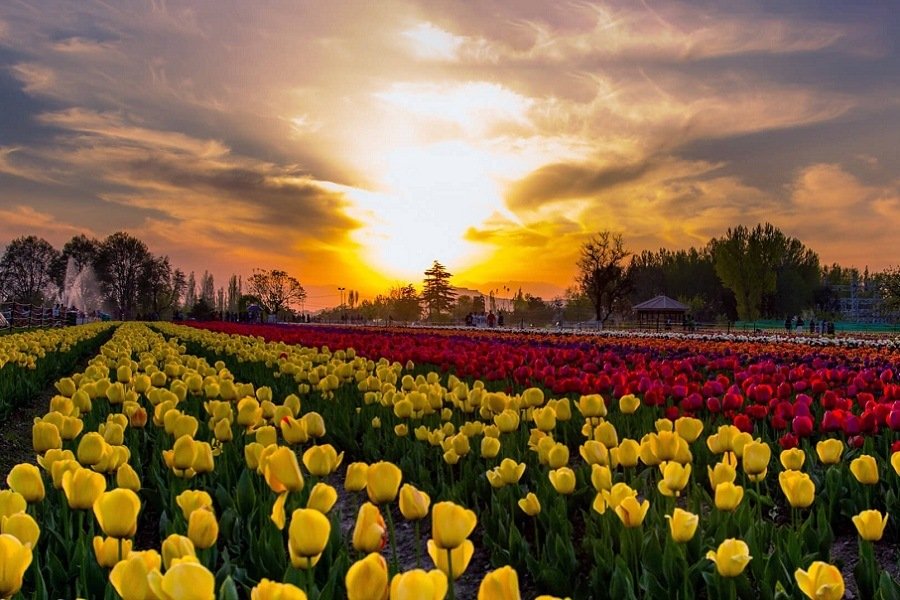
Indira Gandhi Memorial Tulip Garden is opened in 2007 to boost floriculture and tourism in Kashmir Valley. Spread over an area of about 30 hectares, it is a seven-terraced garden built on a sloping ground overlooking the Dal Lake. The garden houses about 48 varieties of tulip flowers. When in the full bloom the tulips sprawl in about 12 hectares of area and provide a mesmerizing view. The garden also has several types of other flowers including daffodils, hyacinths, roses, narcissus, and other ornamental plants. The water channel running through the terraces adds more charm to the place and makes it a perfect place for romantic couples who can get some memorable pictures clicked here.
This major tourist place in Srinagar comes to life during the spring season (March & April) when the Tulip Festival is held. It is an annual celebration that aims to showcase the range of flowers in the garden as a part of tourism efforts by the Government of Jammu and Kashmir. This event attracts tourists from all over the world when the seemingly endless green patch of the garden is dotted with about 20 lakh flowers of different colors. During this flower festival, several cultural programs, as well as exhibitions of local handicraft and cuisine, are organized.
The eye-soothing verdure and rows and rows of blossoming tulips of different colors with mighty Zabarwan Hills and the sparkling Dal Lake in the backdrop lend immense scenic beauty to this garden. Besides, the Indira Gandhi Memorial Tulip Garden offers stunning views that will surely be etched in your mind forever! And the cool breeze along with the sweet aroma of hundreds of tulips is a cherry on the cake! It is one of the best places to see in Srinagar
Dal Lake, Srinagar
Dal Lake is an urban lake located in Srinagar. Also known as the ‘Jewel of Srinagar Enclosed by splendid Pir Panjal mountains and Mughal Gardens, Dal Lake covers over an area of 18 square kilometers. It is on an average 5 ft deep and goes to a maximum of 20 ft at some places. Dal Lake is part of a natural wetland that covers 21 square kilometers including floating gardens. The wetland is divided by causeways into four basins- Gagribal, Lokut Dal, Bod Dal, and Nigeen. Lokut Dal and Bod Dal each have an island in the center, known as Rup Lank or Char Chinar and Sona Lank respectively.
According to legend, there are two theories for the origin of the lake. One states that it is a post-glacial lake that has undergone a lot of changes in size over the years whereas the other theory states that, the Dal Lake was formed due to flood spillage from the Jhelum River. The lake is also an important source for commercial operations like fishing and water plant harvesting. Reckoned to be the pride of Kashmir tourism,
The 18 km long shoreline of the lake is encompassed by a line of Mughal era gardens, parks, and famous houseboats. Tourists visiting Dal Lake love to take a ride in the beautiful Shikaras, which are basically wooden boats decorated beautifully with canopies overhead. The houseboats on the lake are also the top attraction and the best accommodation option in Srinagar for tourists. It is ideal for family vacationers, honeymoon couples, and even solo travellers seeking peace.
Dal Lake is also one of the best locations in Kashmir for film shooting as it offers some incredible vistas of lofty rolling hills, the distant snow-capped mountains, shikaras cruising quietly, and the houseboat standing still with the perfect poise. Along with being a popular place for nature lovers, Dal Lake even invites the fishing enthusiast with its plethora of fish along with Carp. In addition to this, the floating vegetable and flower market is a major place to see.
A unique shopping experience in Dal Lake is that of the lake market, which includes many shops located right in the midst of the lake. Much like a roadside market would have, hawkers are present here as well. They have Shikaras of their own and have all sorts of goods for sale, which include Kashmir’s specialties such as wooden artwork, handmade earrings, saffron, and even Kashmiri ponchos.
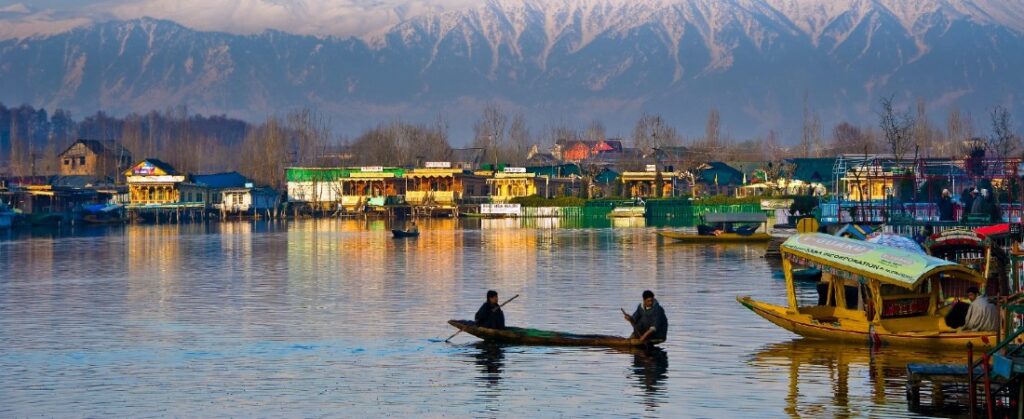
Nishat Bagh, Srinagar
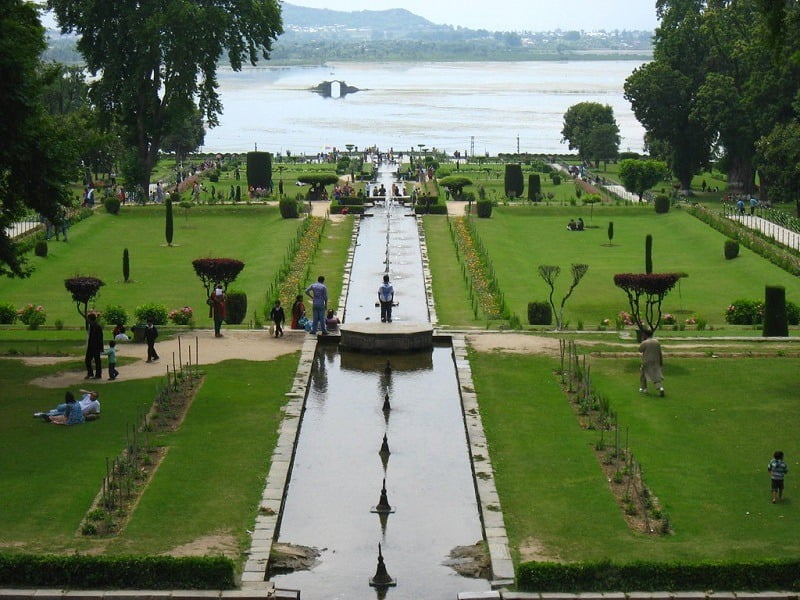
Nishat Bagh is situated on the eastern shore of the enchanting Dal Lake. It is the second-largest Mughal garden in the Kashmir Valley while Shalimar Bagh is the largest, which is also located on the bank of the Dal Lake. In Urdu, Nishat Bagh means ‘Garden of Joy’, ‘Garden of Gladness’, and ‘Garden of Delight’. Nishat Bagh is a garden of bliss that commands a magnificent view of the lake beneath the snow-capped Pir Panjal mountain range that stands far away to the west of the Kashmir Valley.Covering an area of 46 acres, Nishat Bagh starts from the banks of Dal Lake and extends up to the hill end with polished stone channels. It is largely influenced by Persian architecture like all the Mughal Gardens. It consists of 12 terraces, which represent an equal number of zodiac signs. However, it has only two sections, namely the public garden and the private garden for the Zenana or harem. Tall Chinar trees and colorful flowers adorn the lush green landscape of this garden which also has several beautiful fountains. There is a rectangular pool in its center that has been formed by bringing down a mountain spring called the Gopi Thirst from a 15-feet high slide. Besides, the place also provides a splendid view of the Dal Lake as well as the snowcapped Pir Panjal mountain range which gives a memorable experience.
Shalimar Garden, Srinagar
Dal Lake, Shalimar Bagh was built in the year 1619 by the Mughal emperor Jahangir for his beloved wife Noor Jahan and was called ‘Farah Baksh’ (‘the delightful’). Later in the year 1630, under Emperor Shah Jahan’s orders, Zafar Khan the governor of Kashmir extended the garden and named it ‘Faiz Baksh’ (‘the bountiful’). It then became a pleasure place for the Sikh governors of the province. It is now a public park and is also referred to as the ‘Crown of Srinagar’. It is now a public park and is known as the ‘Crown of Srinagar’.
Spread across a vast area of 31 acres, Shalimar Bagh is the largest of the three Mughal gardens in Srinagar, the other two being Nishat Bagh and Chashme Shahi. It is considered the high point of Mughal horticulture. The architecture and landscaping of this garden draw inspiration from the Persian Char Bagh. It was built on flat land on a square plan with four radiating arms from a central location as the water source. The garden was linked to the open Dal Lake water through a canal of about 1-mile in length and 11 m in width that ran through the swampy quagmire. Willow groves and rice terraces fringed the lake edge. Broad green paths bordered the lake with rows of Chinar trees. The garden was laid in trellised walkways lined by avenues of aspen trees planted at 2 feet (0.61 m) intervals.
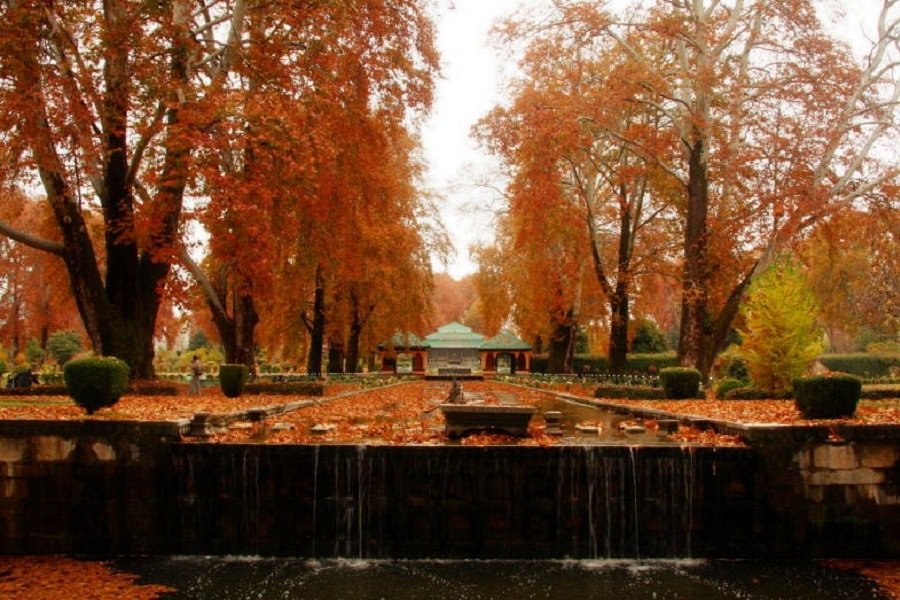
Shankaracharya Temple, Srinagar
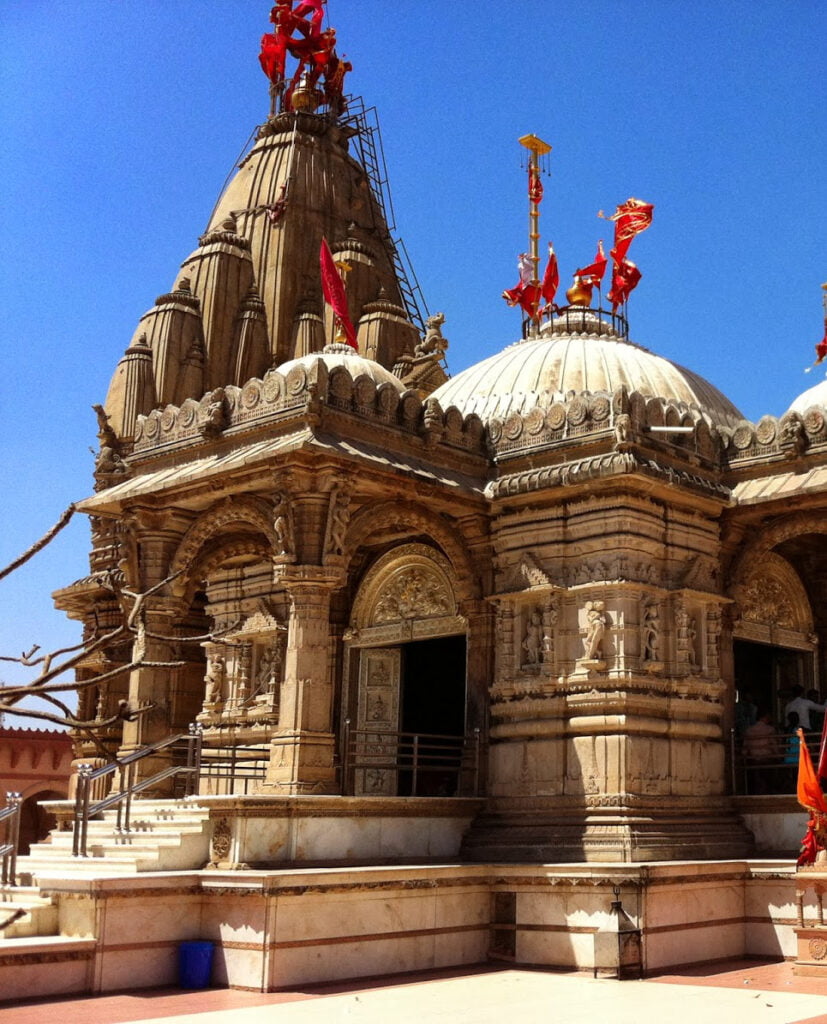
Shankaracharya Temple is dedicated to Lord Shiva and is one of the oldest shrines in Kashmir. Also known as Jyeshteshwara Temple, the temple is named after the great philosopher Shankaracharya. It is believed to be the place where Adi Shankaracharya attained spiritual enlightenment. After this, he formed the four Hindu schools of Advaita or the philosophy of non-dualism. The Shivaling he worshipped is now placed inside the temple.
The Shankaracharya Temple dates back to 200 BC, but the present-day structure of the temple belongs to the 9th century. Many historians and scholars believe that earlier the temple was a Buddhist site of worship. The magnificent temple is also known as the Garden of King Solomon, and Persian inscriptions can also be found here inside the main temple. Shankaracharya visited this temple centuries ago and is also believed that he was responsible for changing this temple from a Buddhist monastery to a Hindu temple. The Shivaling that is found inside the temple was placed here in the 19th century during the Sikh period.
Built on an octagonal base on solid rock, the temple can be reached after climbing a flight of around 243 steps, which were built by Maharaja Gulab Singh. A 20 feet octagonal base supports a square building on top. Made of grey stone blocks, the interior is a small dark chamber, which is circular in the plan. It has a ceiling that is supported by octagonal columns and this surrounds a small basin that contains the Lingam which is encircled by a snake. The structure of the temple also includes two small buildings that have been built for the sadhus or saints who live here. Besides, the temple offers splendid views of the entire valley as well as the world-famous Dal Lake and is indeed a sight to behold.
Zojila Pass
Zoji La Pass is situated on the NH 1 that connects Srinagar to Leh and prides itself in being the second highest pass on the highway with the first being the Fotu La Pass. It connects the Kashmir Valley to its west with the Dras and Suru Valleys to its northeast and the Indus Valley further east. Historically, the pass was captured by Pakistan in 1948 during their attempt to acquire control over Ladakh. Later, the Indian Army launched Operation Bison to regain control over this pass, which was successfully captured in November 1948.
Translating to the ‘mountain pass of blizzards’, the pass is known for its breathtakingly beautiful views and landscapes. This high mountain pass offers a bird’s-eye view of the low-lying valley, which is why it is an ideal place to get some beautiful photographs. Besides, it is a must-visit place in Sonamarg for adventure seekers as well as bike riders as it is one of the most difficult & challenging passes in Ladakh. One can also visit Zero Point located nearby where the entire range of mountains was covered with snow. Here, one can enjoy playing in the snow and also several activities like sledding and ATV bikes. There are also small huts here serving tea, coffee, and hot Maggi.
The best time to visit Zoji La is from April to late October. This mountainous pass is closed during winter due to excessive snowfall. To avoid inconvenience caused to visitors and make the pass accessible throughout the year, the Border Roads Organisation (BRO) is working extensively. The Beacon Force unit of this organization looks after the maintenance of Zoji La during winter. Due to its high altitude, it can be a bit of a dangerous ride, hence one must travel down this one, only with a seasoned driver, used to such steep and playful turns and roads. Tourists do not need any permit to visit Zojila Pass.
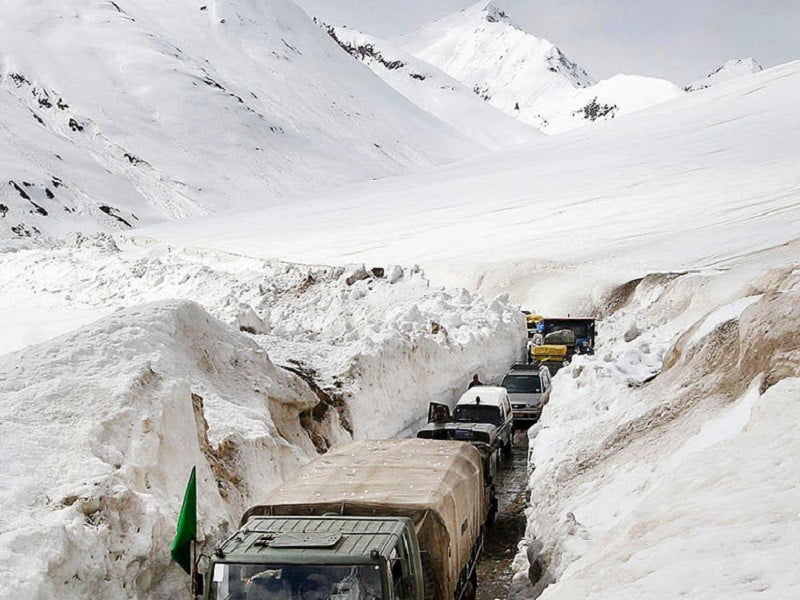
Kargil War Memorial & Vijay Smarak:
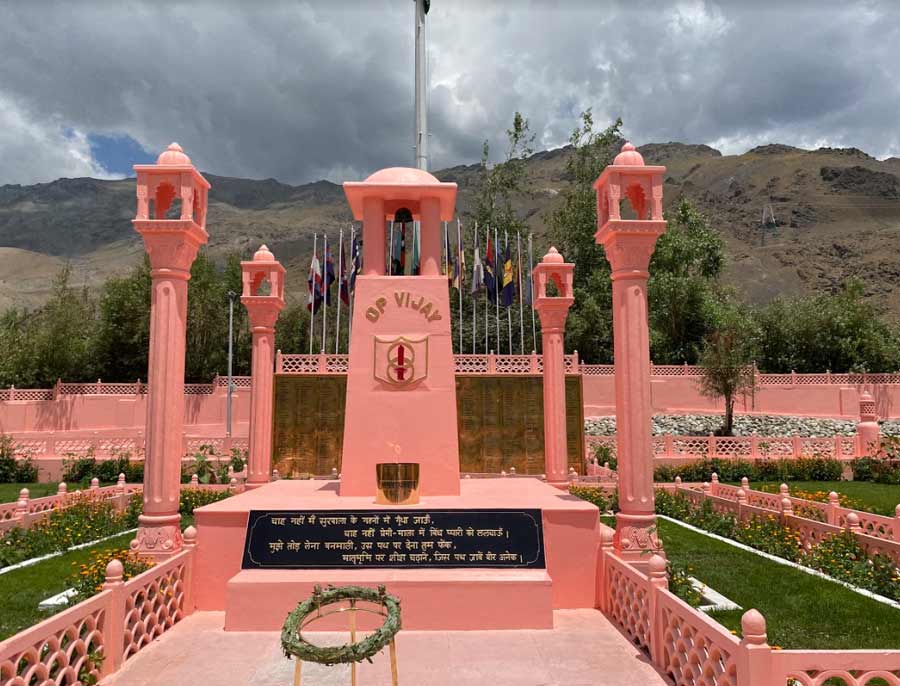
The Kargil War Memorial, also known as the Dras War Memorial, is the most well-known memorial dedicated to the soldiers who fought in the Kargil War of 1999
Tiger Hill
Tiger Hill:
- Stands at an elevation of over 5,000 meters (16,608 ft).
- Offers a commanding view of National Highway 1D, a crucial supply route in the area.
- Captured by Pakistan during the Kargil War, its strategic position allowed them to disrupt Indian movement.
- Recaptured by the Indian Army in a hard-fought battle in July 1999, becoming a symbol of Indian bravery and sacrifice.
- Today, it’s a reminder of the war and a popular tourist destination.
Tololing:
- Lies near Tiger Hill, with a slightly lower elevation.
- Also provided a strategic advantage overlooking the National Highway.
- Captured by Indian forces before Tiger Hill, paving the way for the eventual recapture of the latter.
- The capture of Tololing is considered a turning point in the Kargil War.
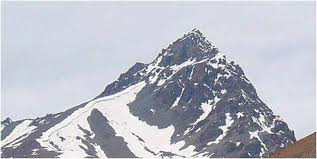
Mulkekh Matriya Buddha Statue Lamayuru Monastery:
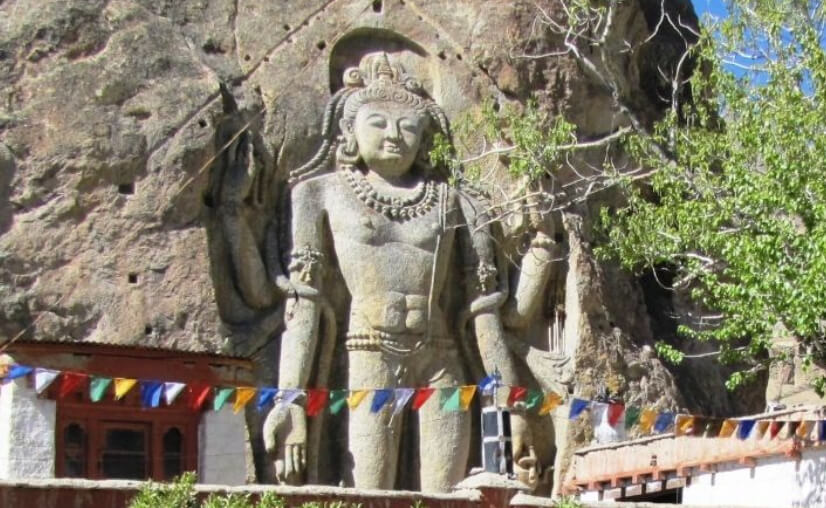
The Mulbekh Champa (Maitreya) Buddha statue is not located at the Lamayuru Monastery, but rather at the Spituk Monastery, which is also in Ladakh, India. This statue is one of the biggest seated Buddha statues in Ladakh, at a height of 35 meters (115 ft).
Indus & Zanskar River Confluence:
The Indus and Zanskar rivers meet at a confluence known as Sangam, located near the village of Nimmu on the Leh-Srinagar highway in Ladakh, India. This spot is a popular tourist destination known for its stunning natural beauty.
The Indus River, originating in the Tibetan Plateau, carries greenish-colored water, while the Zanskar River, flowing from the Zanskar valley, has a distinct blue hue. The contrasting colors of the rivers are clearly visible at the confluence, creating a mesmerizing spectacle.
Here are some interesting facts about the Indus and Zanskar river confluence:
- The Zanskar River is considered the first major tributary of the Indus.
- The best time to witness the confluence is during spring and summer (March to May) when the rivers are full.
- You can enjoy breathtaking views of the confluence from the highway itself, or take a short detour to reach the riverbank for a closer look.
- This spot is also popular for adventure activities like white water rafting
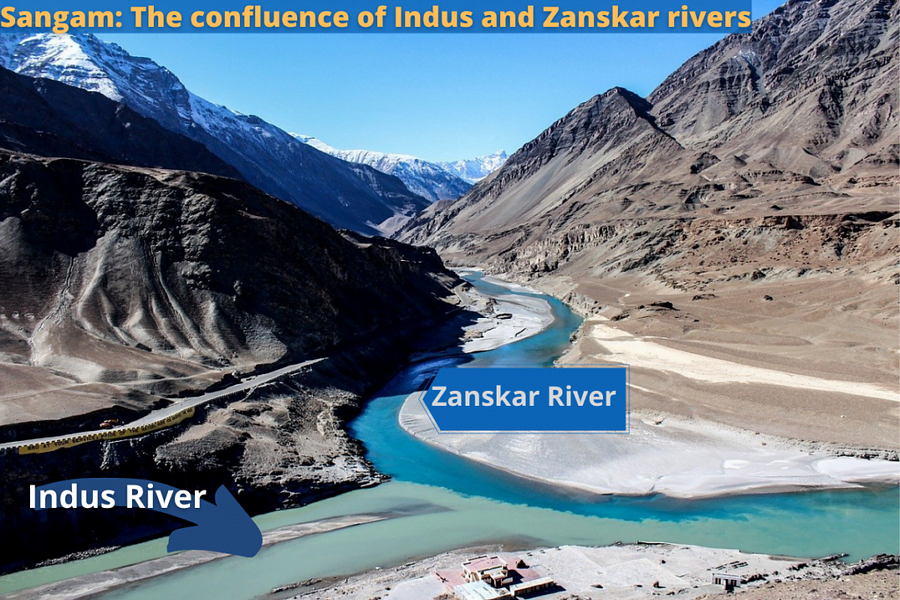
Leh Palace Ladakh:
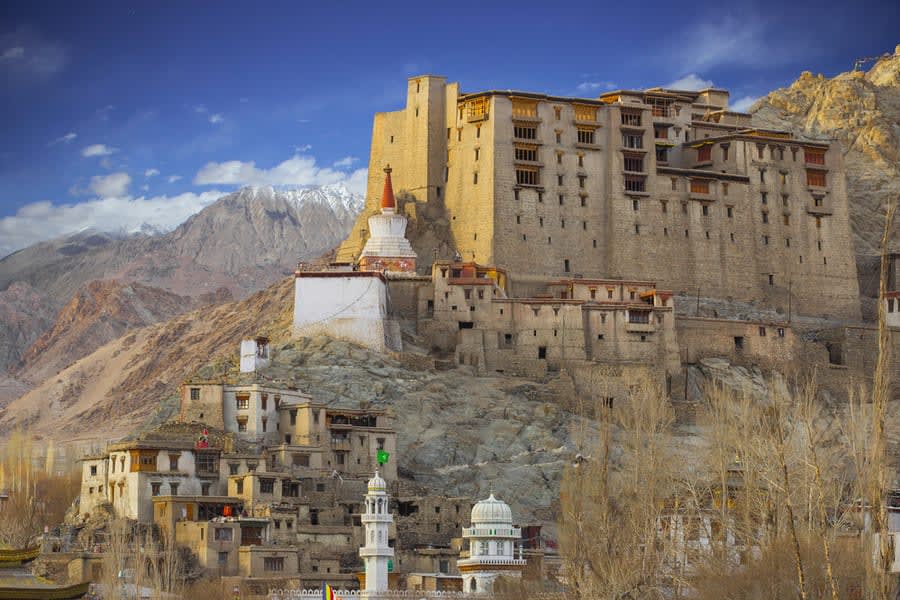
Leh Palace Ladakh is a popular tourist destination in the Indian state of Jammu and Kashmir. The palace was originally built by King Sengge Namgyal and served as the royal residence for over two centuries.Ladakh is a land of high passes and stunning landscapes. Leh Palace, located in the heart of Leh town, is one of the most popular tourist attractions in Ladakh. The palace was built by King Sengge Namgyal in the 17th century and served as the royal residence until the mid-20th century. Today, Leh Palace is open to the public and offers visitors a glimpse into the history and culture of Ladakh.
Sindhu Ghat:
Sindhu Ghat is a sacred riverbank located on the banks of the Indus River, near the village of Shey, Ladakh, India. It holds both historical and spiritual significance, attracting tourists and devotees throughout the year.
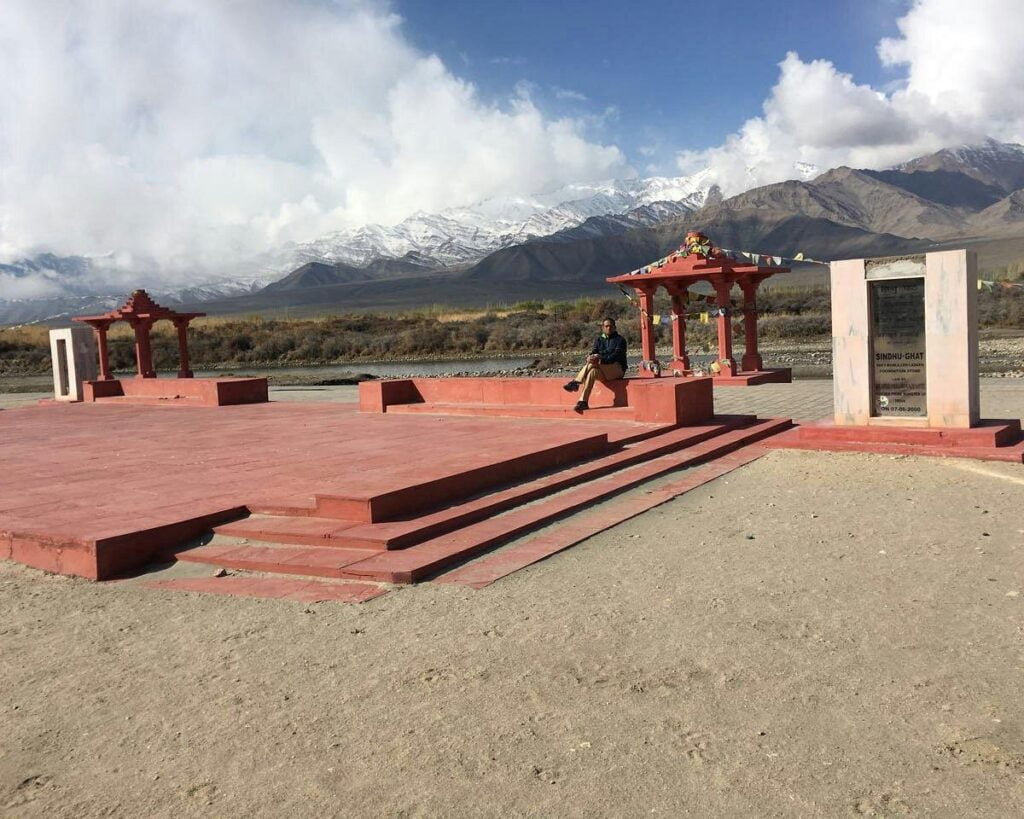
Rancho School:
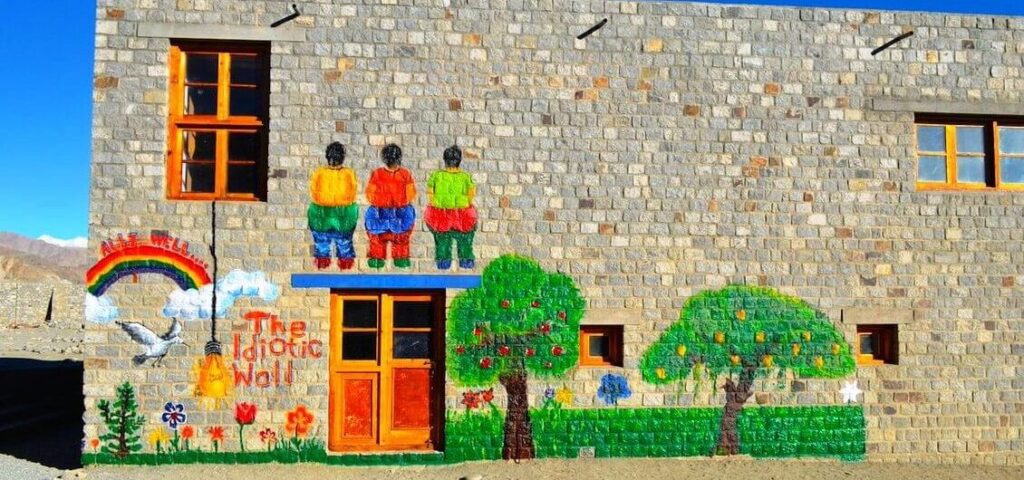
The school you might be referring to is the Druk White Lotus School, also known as Druk Padma Karpo School or Rancho School. It is a Buddhist cultural school located in Shey village, close to Shey Palace and Monastery, on Leh-Manali highway, in Ladakh, India.
The school gained fame after the climax scenes of the Bollywood movie “3 Idiots” were filmed there. The school is now a popular tourist destination, especially for fans of the movie.
Thiksey Monastery:-
The Thiksey Monastery, also known as Thiksey Gompa, is a Buddhist monastery affiliated with the Gelug school of Tibetan Buddhism. It’s located on top of a hill in Thiksey, approximately 19 kilometers east of Leh, in the Ladakh region of northern India.
The monastery is known for its resemblance to the Potala Palace in Lhasa, Tibet, and is the largest monastery in central Ladakh. It’s a beautiful architectural marvel, offering stunning views of the surrounding Indus Valley.
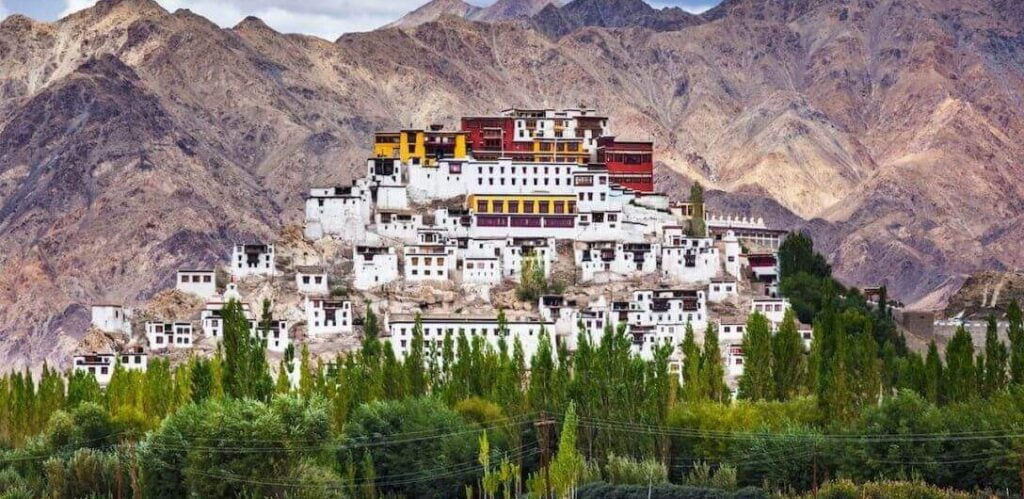
Stok Palace Museum
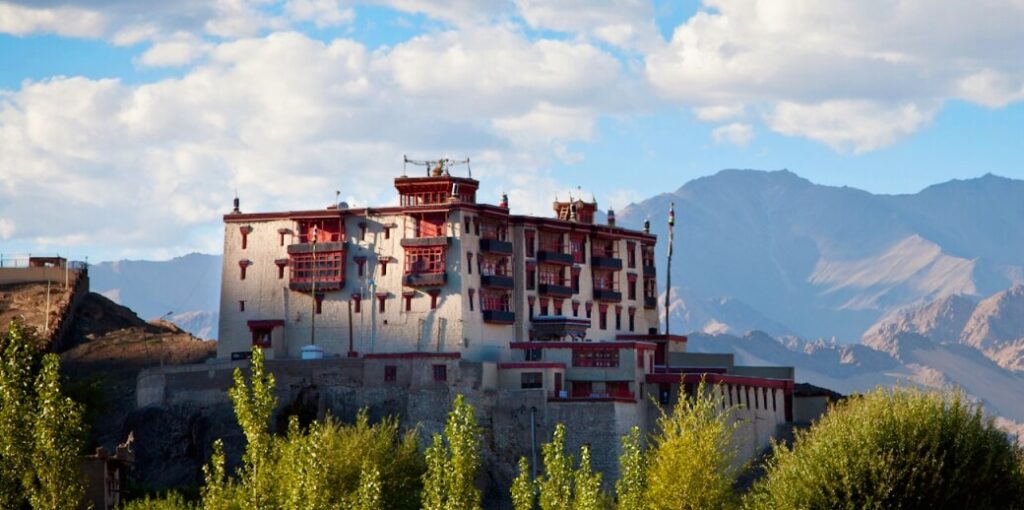
The Stok Palace Museum is housed within the Stok Palace and showcases a collection of artifacts and relics related to Ladakh’s old monarchy. Here are some of the interesting things you can find in the museum:
- Royal Relics: The museum displays a collection of royal crowns, some dating back 1000 years, ancient coins, precious stones, jewelry, heirlooms, and even a knotted sword.
- Thangkas: The museum houses a collection of these beautiful painted scrolls depicting Buddhist deities and religious scenes. Some thangkas in the collection are over 400 years old.
- Royal Costumes & Jewelry: Get a glimpse of the attire and adornments worn by Ladakhi royalty through the exhibits of royal gowns, headpieces, and other ornaments.
- Warfare Equipment: A separate section of the museum showcases Ladakh’s military history with a display of swords, shields, bows, arrows, and guns.
- Daily Life Exhibits: The museum also has sections dedicated to showcasing the everyday life of the Ladakhi people, including kitchenware, prayer rooms, and photographs
Nubra Valley:
Breathtaking Landscapes: The Nubra Valley offers a unique combination of desert, mountains, and greenery. You can find vast stretches of sand dunes alongside snow-capped peaks and lush valleys.
Khardung La Pass: Reaching Nubra Valley involves crossing the Khardung La Pass, which is often claimed to be the highest motorable road in the world. The journey itself is an adventure, offering stunning panoramic views of the Himalayas.
Diskit Monastery: Perched atop a hill, the Diskit Monastery is the largest and oldest monastery in Nubra Valley. It offers beautiful views of the surrounding valley and is an important center for Buddhist learning.
Camel Safari: One of the most unique experiences in Nubra Valley is a ride on a double-humped Bactrian camel. These camels are well-adapted to the harsh desert conditions and offer a unique way to explore the sand dunes.
Hot Springs: Nubra Valley also has several natural hot springs, which are a great way to relax and soak in the beautiful scenery. The Panamik Hot Springs are the most popular ones, located in the village of Panamik.
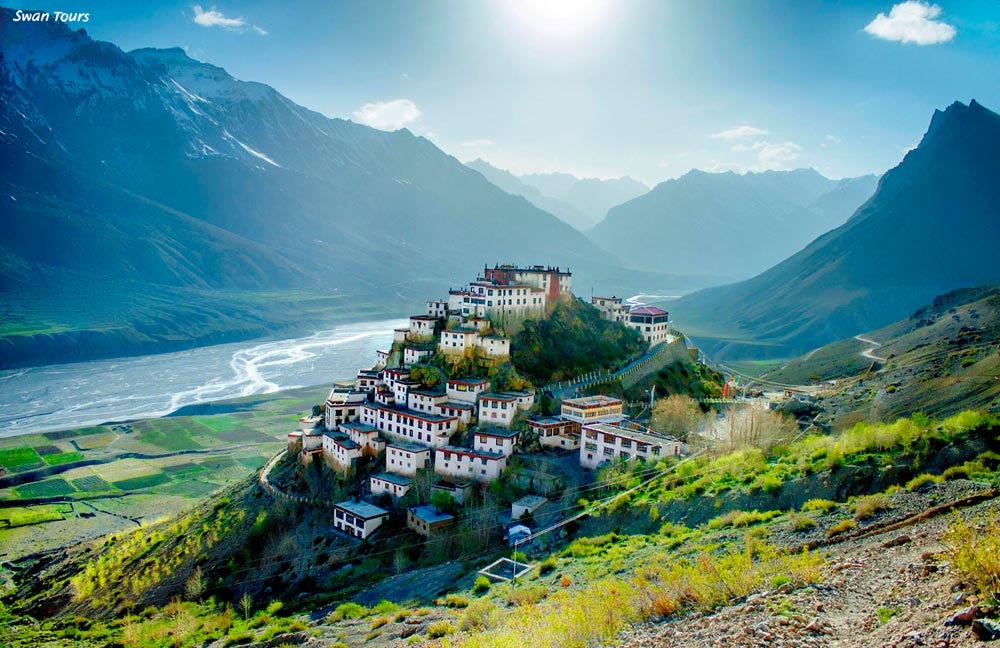
Chang La Pass
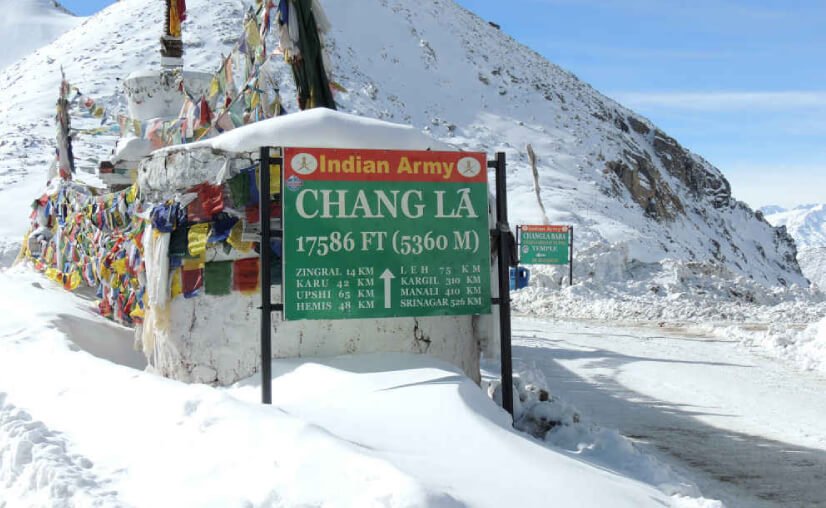
The Chang La Pass is a high mountain pass in Ladakh, India, situated at an elevation of 5,360 meters (17,590 ft) . It is claimed to be the second-highest motorable road in the world, after Khardung La Pass, also in Ladakh. The Chang La connects Leh to the Shyok River valley and is on the route to Pangong Tso lake.
Shayok village:
Shayok village is a hidden gem located on the banks of the Shyok River in the Nubra Valley region of Ladakh, India . It lies between Leh and Pangong Tso Lake, making it a great stop on a route exploring this region. This tiny hamlet boasts only a few houses and families, offering an off-the-beaten-path experience for travelers seeking solitude and connection with nature.
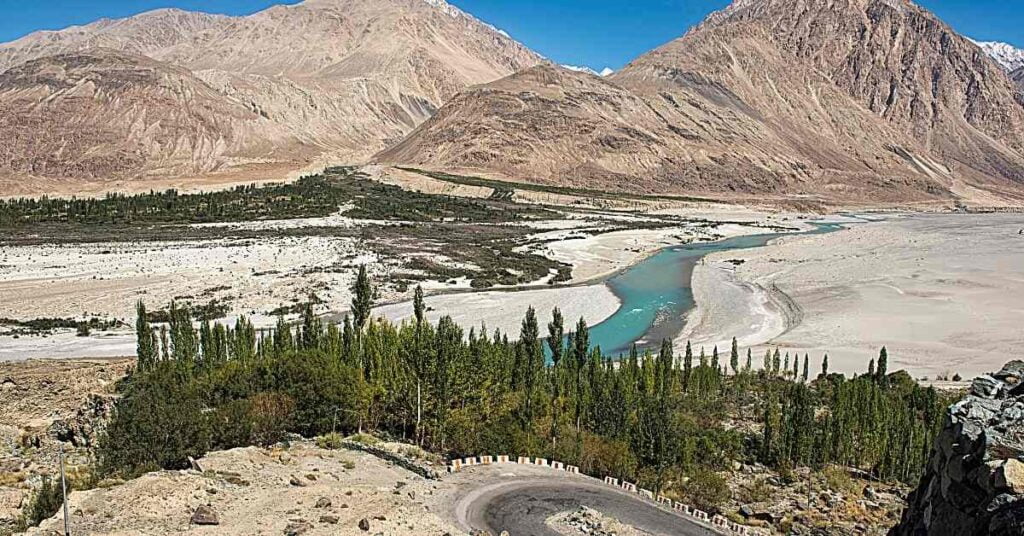
Baralacha Pass:
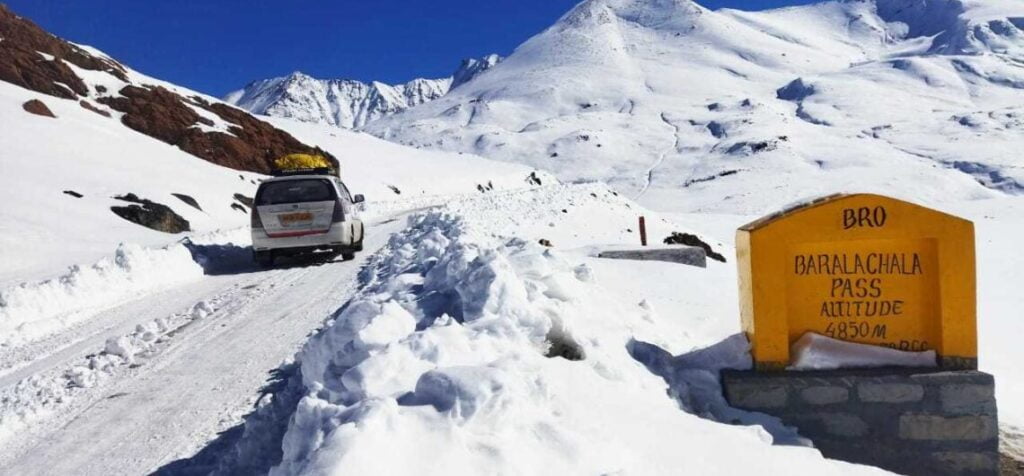
Baralacha La sits at a staggering elevation of 4,850 meters (15,910 ft), making it one of the highest motorable roads in India. The journey offers breathtaking views of the Himalayas, but be prepared for the challenges of high altitude driving.
Crossroads Location: Baralacha La derives its name from the fact that it translates to “four roads meet” in Hindi. It serves as a crucial junction, connecting the regions of Spiti, Ladakh, Zanskar, and Lahaul.
Barren Beauty: The landscape around the Baralacha La Pass is characterized by barren mountains and cold desert terrain. While not lush with greenery, the stark beauty of the place has its own charm.
Suraj Tal:
A few kilometers away from the pass lies the beautiful Suraj Tal Lake, also known as “Lake of the Sun.” The turquoise waters of the lake surrounded by snow-capped peaks create a picturesque sight.
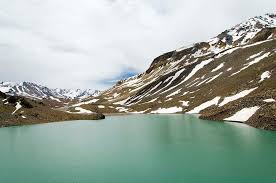
Deepak TAL:
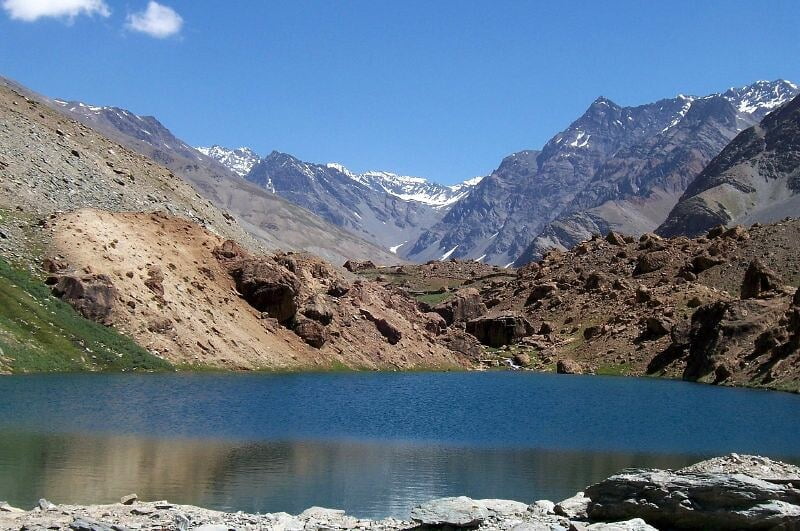
Deepak Tal, nestled amidst the majestic Himalayas, is a small, serene lake located at an elevation of about 3,750 meters (12,300 ft) in the Lahaul Valley, Himachal Pradesh, India . While not a massive lake, it boasts captivating beauty and tranquility, making it a popular stop for travelers journeying between Manali and Leh.
Atal Tunnel:
The Atal Tunnel, also known as the Rohtang Tunnel, is a highway tunnel built under the Rohtang Pass in the eastern Pir Panjal range of the Himalayas on National Highway 3 in Himachal Pradesh, India . It holds the distinction of being the world’s longest single-tube tunnel above 10,000 feet (3,048 meters) when it was completed in October 2020
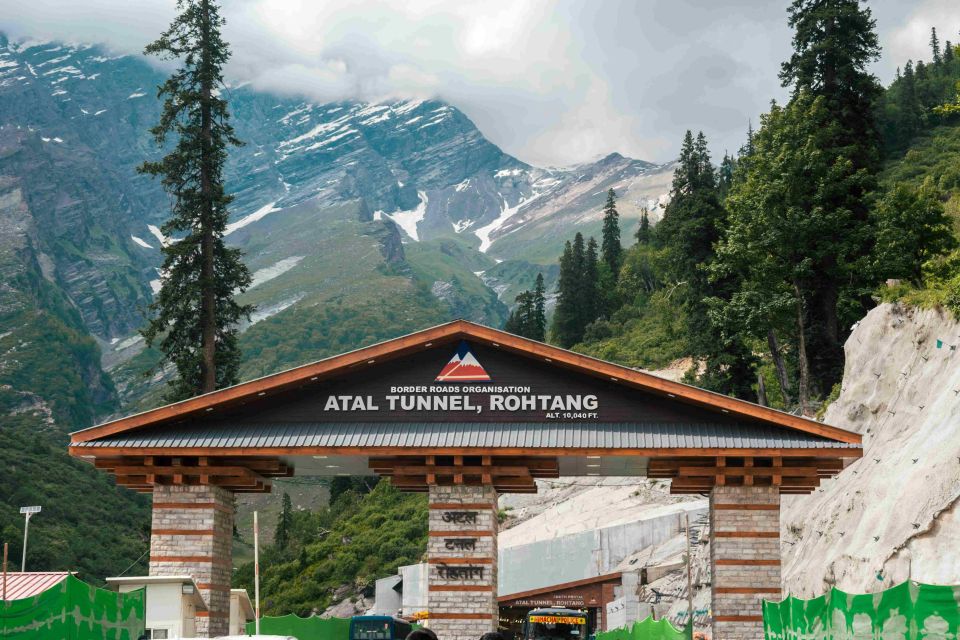
Sissu Valley:
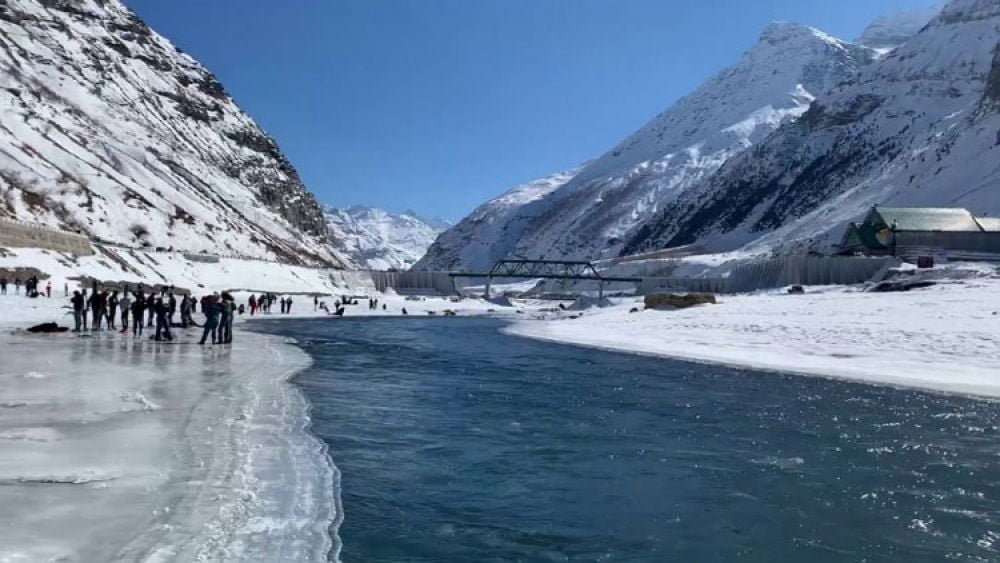
Sissu is a picturesque village nestled in the Lahaul Valley, Himachal Pradesh, India . Located on the banks of the Chandra River at an altitude of about 3,200 meters (10,235 ft), it serves as a gateway to the three famous regions of the Indian Himalayas: Ladakh, Spiti, and Lahaul itself.
Keylong:-
Keylong is a town and the administrative center of the Lahaul and Spiti district in the Indian state of Himachal Pradesh . It is located along the Manali-Leh Highway, about 71 kilometers north of Manali via Atal Tunnel and 120 km from the Indo-Tibetan border. The town sits at an altitude of 3,080 meters (10,100 ft) on the banks of the Bhaga River.
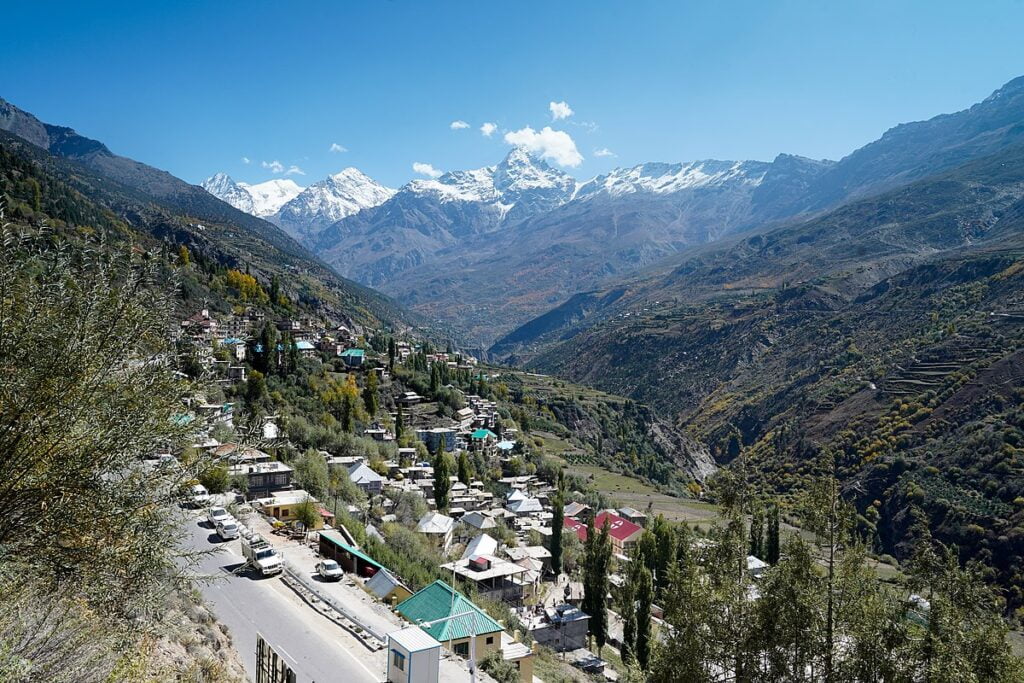
Solang Valley:
Solang Valley is a picturesque paradise nestled amidst the breathtaking landscapes of Manali, a popular hill station located in the Indian state of Himachal Pradesh . It’s a side valley at the top of the Kullu Valley, 14 km northwest of the resort town Manali on the way to Rohtang Pass, and is known for its summer and winter sports conditions.

Here’s what Solang Valley has to offer visitors:
- Summer Activities: During the summer months, Solang Valley transforms into a haven for adventure enthusiasts. Paragliding is a major draw, offering stunning aerial views of the surrounding mountains and valleys. You can also try zorbing, a thrilling activity where you roll down a hill in a giant inflatable ball, or mountain biking on designated trails.Paragliding in Solang Valley
- Winter Wonderland: When winter arrives, Solang Valley turns into a wonderland blanketed in snow. Skiing enthusiasts flock to the slopes, and the valley becomes a hub for winter sports activities. You can enjoy skiing, snowboarding, and even try out snowmobilingSkiing in Solang Valley
- Breathtaking Beauty: Solang Valley boasts captivating natural beauty throughout the year. Lush green meadows in summer and snow-capped peaks in winter create a dramatic landscape that is a feast for the eyes.
- Family Friendly Activities: Solang Valley is not just for adventure seekers. The valley also offers several family-friendly activities, including pony rides, ropeway rides, and nature walks.
